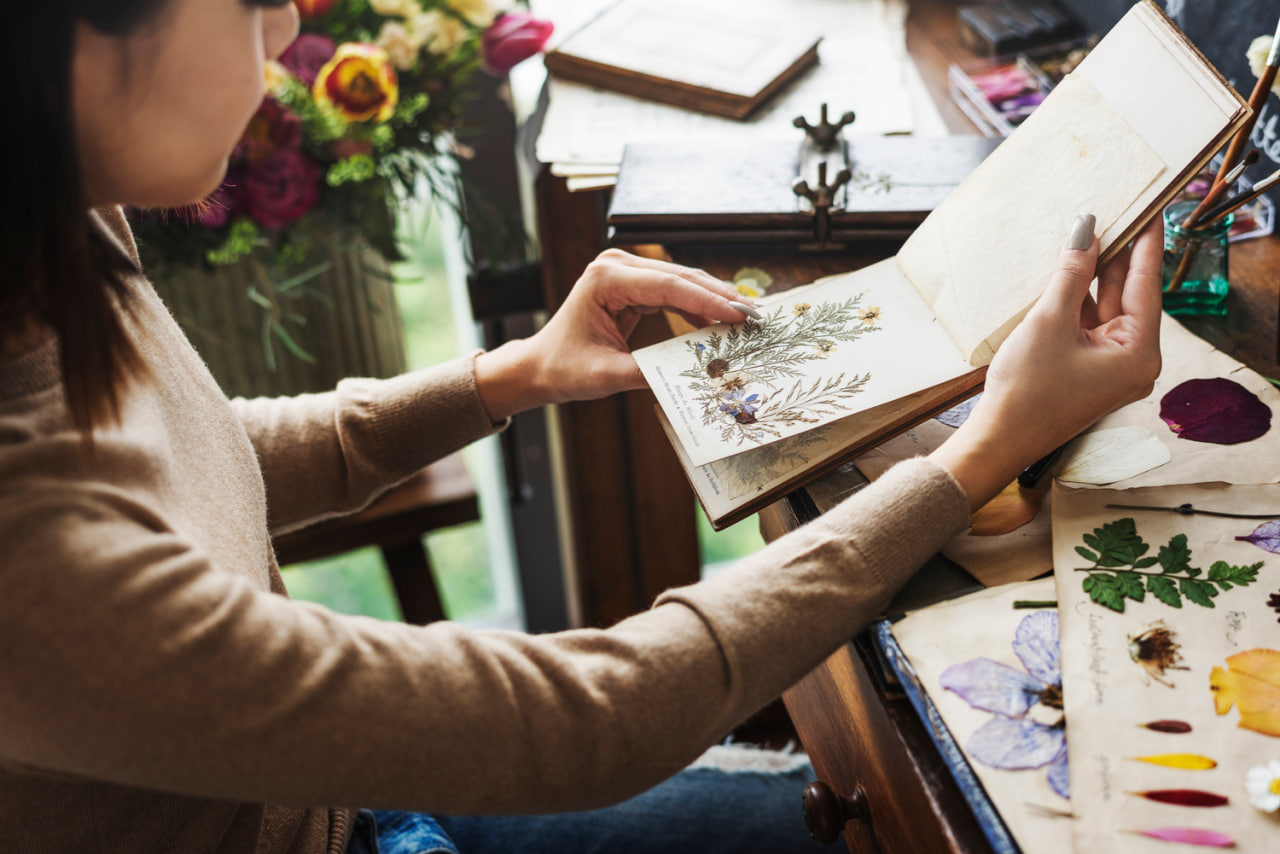Illustration is not just about drawing; it is about creating a world that captivates readers and communicates emotion, story, and character. Bringing illustrations to life requires a combination of technical skill, creativity, and storytelling insight. By mastering key techniques, illustrators can create dynamic, engaging visuals that resonate with audiences and elevate the narrative experience.
1. Dynamic Posing and Gesture
One of the most effective ways to add life to your illustrations is through dynamic posing and gesture. Static or stiff characters can appear flat, while natural movement conveys personality, emotion, and energy. Study human and animal movement to understand how posture and gestures express feelings and intentions. Exaggerating certain actions or poses can enhance readability, making it easier for viewers, especially children, to connect with the character’s emotions and actions.
2. Expressive Facial Features
Facial expressions are a primary tool for conveying emotion. Even subtle changes in eyes, eyebrows, mouth, or head tilt can completely alter the perception of a character’s mood. Practice exaggeration for clarity while maintaining believability, especially in children’s book illustrations. Expressive faces help readers quickly understand how a character is feeling, making the story more immersive and relatable.
3. Effective Use of Color
Color is a powerful tool for bringing illustrations to life. Warm colors can evoke energy, excitement, or warmth, while cool tones may suggest calm, sadness, or mystery. Complementary colors create contrast and draw attention to focal points, while harmonious palettes can create a sense of cohesion. Beyond mood, color can indicate time of day, environment, and personality traits. Thoughtful color choices enhance storytelling and guide the viewer’s emotional response.
4. Depth and Perspective
Creating a sense of depth and space adds realism and dimension to illustrations. Techniques such as overlapping elements, scaling objects, and using atmospheric perspective (fading colors and reducing detail in distant objects) help scenes feel more three-dimensional. Perspective also establishes spatial relationships between characters and their environment, making interactions more believable. By incorporating depth, illustrations feel more immersive and alive.
5. Attention to Detail and Texture
Details and textures give illustrations richness and authenticity. Textures like fabric folds, wood grain, foliage, or fur can make objects and characters feel tangible. Incorporating subtle details in the background, clothing, and environment adds layers to the visual story, encouraging viewers to explore the image closely. Proper attention to texture and detail helps create a fully realized world that feels lived-in and vibrant.
Combining Techniques for Maximum Impact
The most engaging illustrations often use a combination of these techniques. Dynamic posing, expressive faces, careful color choices, depth, and texture work together to create a cohesive, lively composition. Experimentation is key; testing different combinations of these techniques allows illustrators to find the best approach for each scene and character, enhancing both visual appeal and storytelling.
Encouraging Storytelling Through Illustration
Illustrations are more than decorative elements; they are integral to narrative. Bringing illustrations to life supports character development, highlights plot points, and sets the tone of the story. By applying these techniques thoughtfully, illustrators ensure that their art does more than please the eye—it communicates, engages, and inspires readers, particularly children who rely heavily on visual storytelling to understand and enjoy a book.

